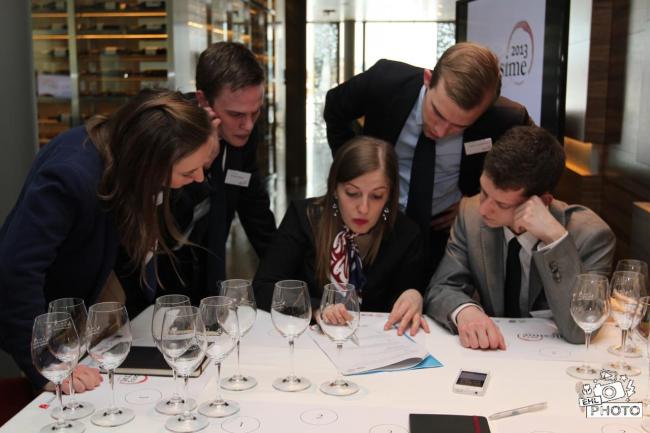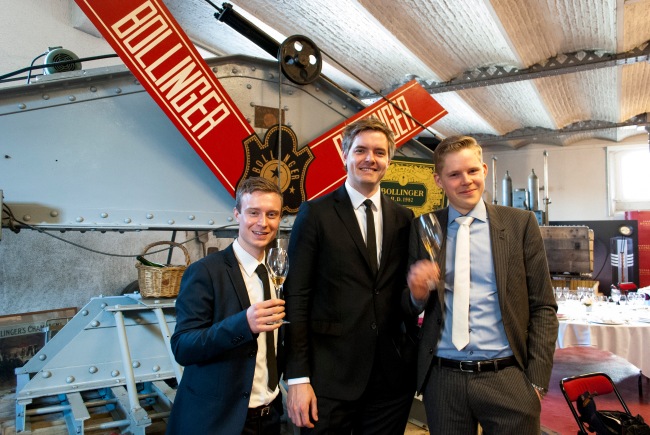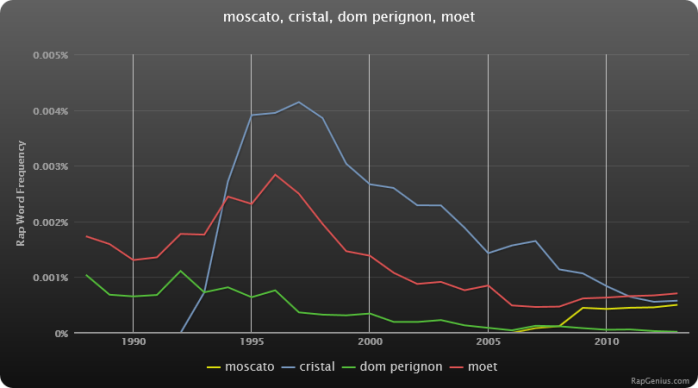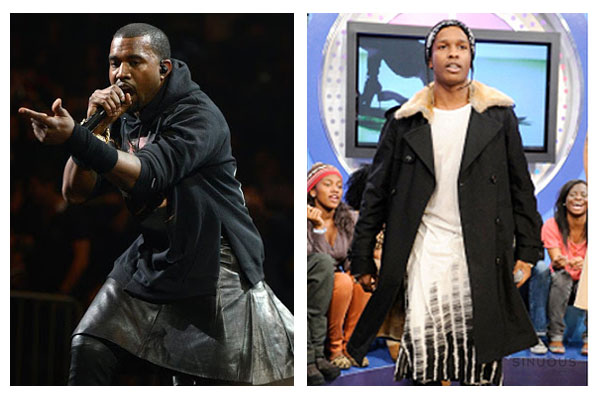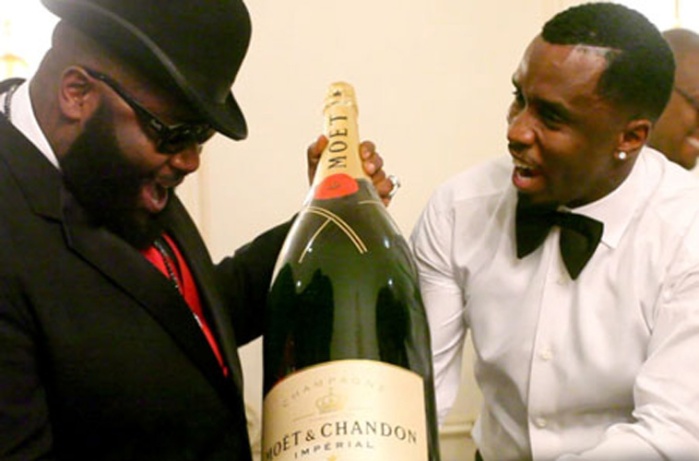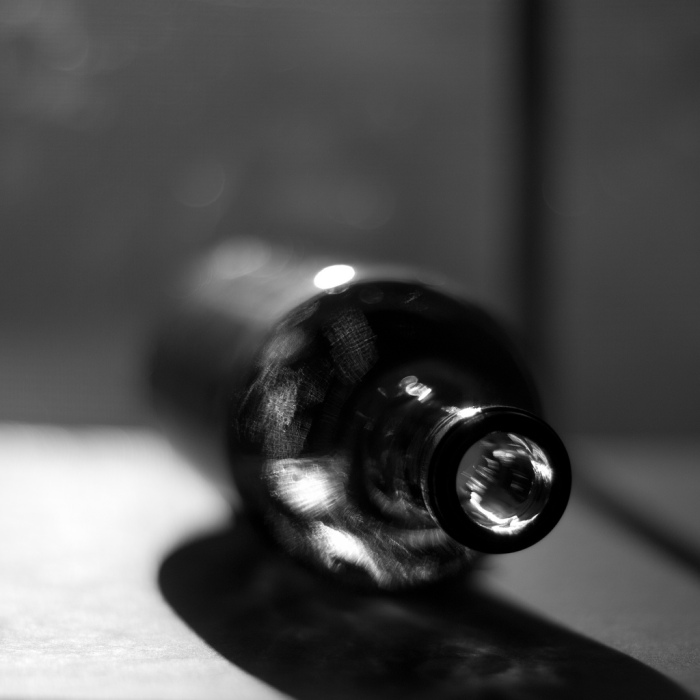Are you missing a wine organization at your university – start one. We at CBS Wine are ready to help.
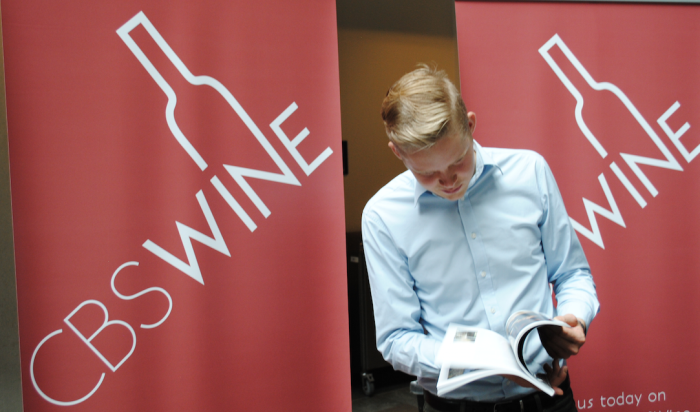
We are offering:
- Access to our network of the best wine importers and other relevant partners in Denmark
- Advice on organizational setup
- Contact information and help to get involved in wine tasting competitions
- Lots of experiences and learnings from our humble start to where we are today
- Help with practicalities
If you are currently enrolled in a programme in a Danish university, you are likely familiar with all the different organizations, clubs, societies etc. that offer everything from sports, networking, career building, friday bars to politics. However in this big pool of organizations, to our knowledge only two related to wine exists; the recently established Juridisk Vinklub (JVK) at University of Copenhagen’s faculty of Law and us, CBS Wine at Copenhagen Business School.
We believe that there is a market (well we are from CBS) for similar organizations at all the Danish universities and larger faculties in Denmark. Students love wine, are interested in learning more about it and want to get to know each other better over a glass of wine. We only have positive experiences, demand for our tastings has never been higher, we have never been to so many competitions and the number of interested partners is continuously growing.
CBS Wine has been very successful with activities in three distinct areas:
- Organize tastings for students at CBS
- Actively engage in the student organization community at CBS
- Participate in wine international wine tasting competitions
We are offering to help anybody at KU, SDU, AU, ASB, AAU, DTU, ITU and RUC in starting a wine organization.
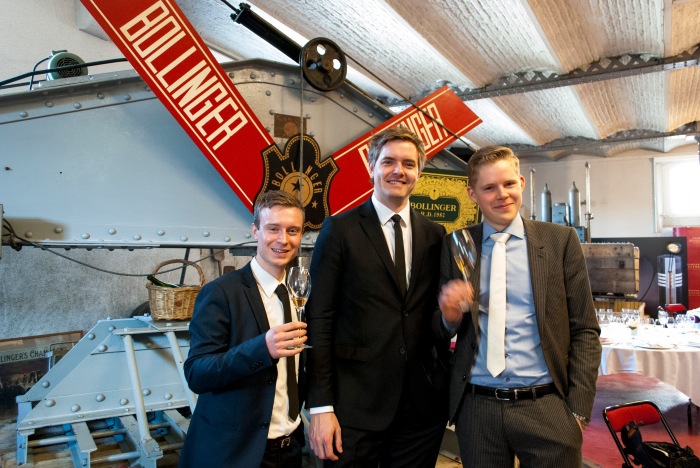
If new organizations start to emerge, we hope to be able to host the Danish Championships in blind tasting for student organization (inspired by the traditional varsity match between Oxford & Cambridge) within a year or two. Also, we are very interested in doing collaborative events between universities and expand our professional and personal networks. Basically we want to open up the wonderful world of wine to all the students in Denmark.
We want you to ride on our learning curve and be a student fav at your campus right from the start. Get in touch if this has sparked your interest and we’ll meet (or skype if distance is an issue) over a glass of wine. We hope to hear from you.
Asbjørn May
VP, CBS Wine
asbjorn@cbswine.dk

